Our memory. Brest Fortress, fort №5
Well, finally, I again seized upon the favorite topic of museums after the winter break. And decided to start with a remarkable monument to Russian engineering work - the fifth fort of the Brest Fortress.
When we hear the familiar and familiar words “Hero-Fortress-Brest”, then involuntarily we see the familiar barracks, walls and fortifications of the Brest Fortress in front of our eyes. Meanwhile, the fortress is much larger than we used to understand.
The citadel of the fortress itself is a very impressive structure, but the forts were supposed to bear the main combat load on the plans. From the diagram it is clear that the fortress and its forts were a mighty defensive knot.
Fifth fort. Why exactly him? Just because this building has survived the three wars perfectly and has survived today. Since 1995, he is historical a monument of the Republic of Belarus and is included in the complex of the Brest Fortress memorial.
Get acquainted.
The fifth fort was built in 1878 — 1888, capitally modernized in 1908 — 1911. Located in 4 km southwest of the Brest Fortress. It occupies an area of 0,8 square. km
It can be said that the fort has a pentagonal shape with a kind of spear tip, front caponier. It was originally built of brick, surrounded by an earthen rampart and a moat filled with water. A garrison barracks was built at the back, numbering eleven casemates.
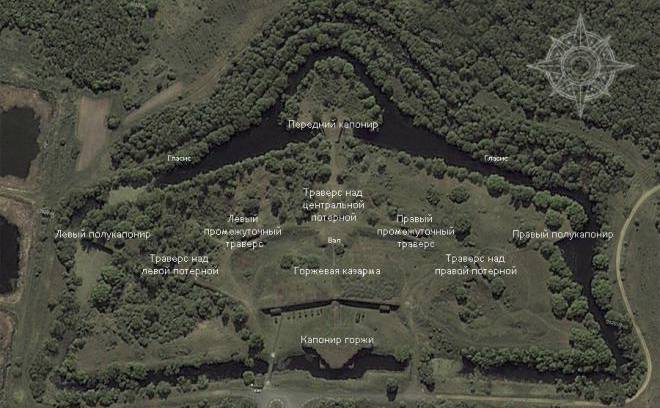
The front caponier is associated with the lost barracks, that is, the underground passage. As we understood from our wanderings underground, if desired, it was possible not to leave the surface at all, traveling from one point of the fort to another. Today, however, many aisles and branches are closed.
Since 1908, the fort has been modernized under the leadership of Staff Captain Ivan Osipovich Belinsky. Brick structures were covered with concrete with a thickness of about 2 m, side rasters were built, connecting the barracks with the side polukaponirami. In 1911 — 1914 The hull (rear) caponier was built, the positions of the shooters are partially concreted.
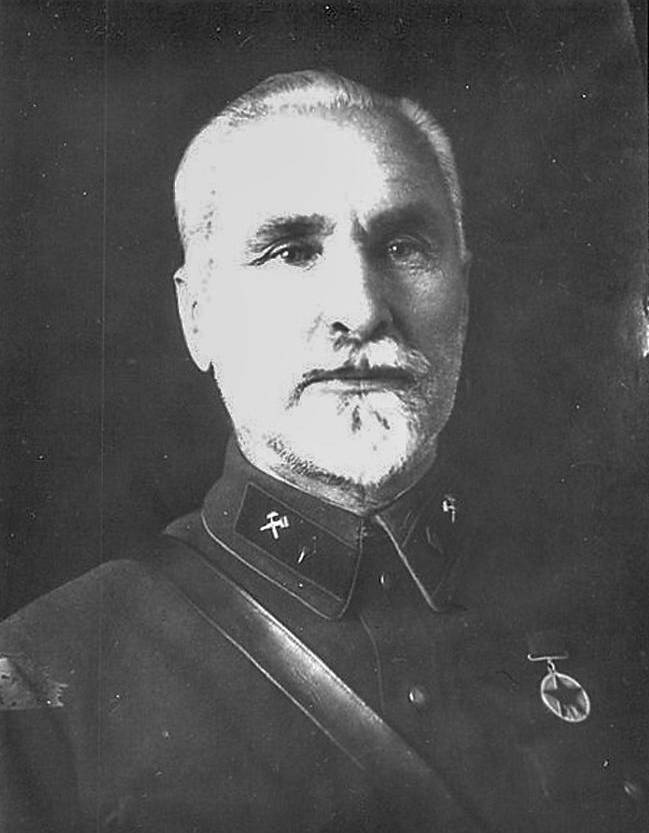
Ivan Osipovich Belinsky (1876 - 1976).
Major General of the Soviet Army, member of the Russian-Japanese, First World War and World War II. A man of exceptional mind and iron character. Awarded Russian and Soviet orders and medals, including the St. George weapons.
However, Brest-Lithuania’s fortifications became the main activity in the breaks between the wars for Belinsky. In the development and construction of which he was most directly involved with another famous engineer, General Karbyshev. Only to Ivan Osipovich fate was more favorable.
By 22 June 1941, the 3 Infantry Battalion of the 44 Infantry Regiment was in the fort. With the beginning of World War II, the battalion was alarmed. After serving several German attacks, and in fact having spent the ammunition, part of the fighters attempted to break into the Brest Fortress, and part with the fighting went to the east.
Back to the fort.
The diagrams show how the defenders of the fort were supposed to fire. For me, at first this arrangement was amazing. Then, however, much cleared up.
Indeed, through the embrasures of the fort, it was most convenient to destroy the enemy's manpower, which bypassed the fort on the flanks. It is quite logical, because to take in the forehead such a structure is simply unrealistic. Today, the whole territory is overgrown, and in those days not only everything green was cut down, but for many kilometers. So from the front you will not approach especially. Shooting cells, machine guns, a ditch, three meters deep ... A pleasure below average, so to say.
A little later, I found another plus for pleasure.
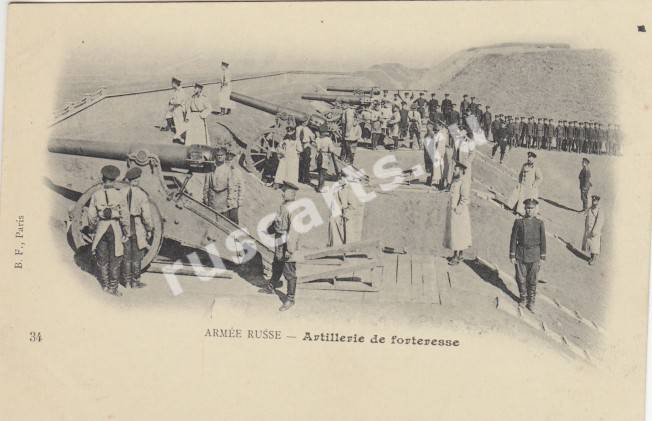
This is just a postcard, but it captures exactly how the artillery worked in such forts. The guns, mostly of medium caliber, simply rolled out with their hands to the traverse, and forth. Casemate traverse will cover from enemy fire. Supervisors spotters in fortified NPs will tell you where and how.
And this is all that is seen from the other side. Not every sniper of the time in the teeth.
This is the casemate traverse. That is a shaft with casemates.
And in the casemates there was also something to greet the enemy. And there were also caponiers and half-caponiers. And this is a completely different story.
This polukaponiry. Left and right.
Get, of course, possible. If there is a boat, if the caponier will not shoot. And they will shoot ... And they shot.
Gun casemate under 57-mm gun Nordenfeld. Very quick-fire at the time gun. Up to 20 shots per minute. Iron grenades, shrapnel, caric.
In two polukaponirah and two caponier (front and gorzhemom) there were 20 such guns. Each casemate was equipped with a powder gas exhaust system, an armored cabinet for 150 shells.
Exhaust hood
In the walls of caponiers not often, but there are traces of that war.
It is difficult to say what this is, but it is impressive that the thickness of the wall, the energy of the projectile. As if the cruiser was driven into the Mukhavets.
The window for the supply of ammunition.
This is called lost. Long underground passage. There is no light.
These are the doors ...
Just say why these things, we can not. Apparently, a multifunctional device. And you can sit and lie down, and clean the rifle. But speculation, to be honest.
Rise in gorzhevoy caponier. That is covering from the rear.
It is he, the most bristling caponier. Because only from the rear and you can go through the bridge to the fort so that it is painless.
Along with the 57-mm cannons, guns were already more serious.
76-mm Durlächer fortress guns.
The 1 8-mm guns were placed on the 75 floor of the caponier, and the 2 8-mm guns were placed on the 76-m.
Everywhere traces of heating. Oven.
And this is a through barracks. Long corridor, full barracks. Skimmer - perhaps from the word "through" or "draft." Its main task is to extinguish and deflect the blast wave.
Overlaps. They inspire respect.
By the time the reconstruction was completed in 1914, according to Russian military engineers, the fort was able to withstand the most severe siege. In essence, the modernized fort was a small independent fortress, with powerful armament and a layered (several lines) defensive system. In August, 1915, this fortress was to battle with the Austrians and the Germans, advancing from the south to Brest.
But the story, sometimes a harmful thing, decreed otherwise.
The fort number XXUMX, like the Brest Fortress itself, was left without a fight. Russian troops retreated into the depths of Polesie. Before the retreat, all weapons and other military equipment were removed from the fort.
From 1920, the fort was used by the Polish military for storage. When Poland ended, the Red Army arrived at the fort. Since 1939, the fifth fort has become the location of individual military units. Here the 22 Infantry Battalion of the 3 Infantry Regiment of the 44 Infantry Division, which had been practically defeated in the first days of the war, received the 42 battle of June.
During the years of occupation, the Germans used the fort as a warehouse.
After Brest was liberated from invaders, the military "service" of the old fortifications continued. The fort for many years was the territory of one of the military units and served as an army warehouse.
And now it is more than 20 years of the museum. Virtually no exhibits. Yes, there are several guns in the courtyard of the barracks, but they have nothing to do with the fort.
The fort is itself an exhibit.
Photos will not give even a tenth of those impressions that can be obtained by going through all its corridors and passages. We spent more than two hours. And it could have been twice as much, but I no longer had the strength, to be honest.
But 22 June 2016, the fort №5 opened before us his casemates and caponiers. You know, he looks like Svyatogor-bogatyr from a fairy tale. The need will be - wake up.
And you know, dear, what is the main question we asked when we went out in the sun?
How? How did they dig it all up, build it, build it? Without technology, without anything? Shovels, carts and hands?
From the Brest Fortress to this day there is not much left. And here you are imbued with the greatness and power of this old fort, created by Russian engineers Ivanov and Belinsky and thousands of builders unknown to history.
Frost on the skin, to be honest, even in the thirty-degree heat.
Glory to those who built, defended, preserved! Glory and memory!
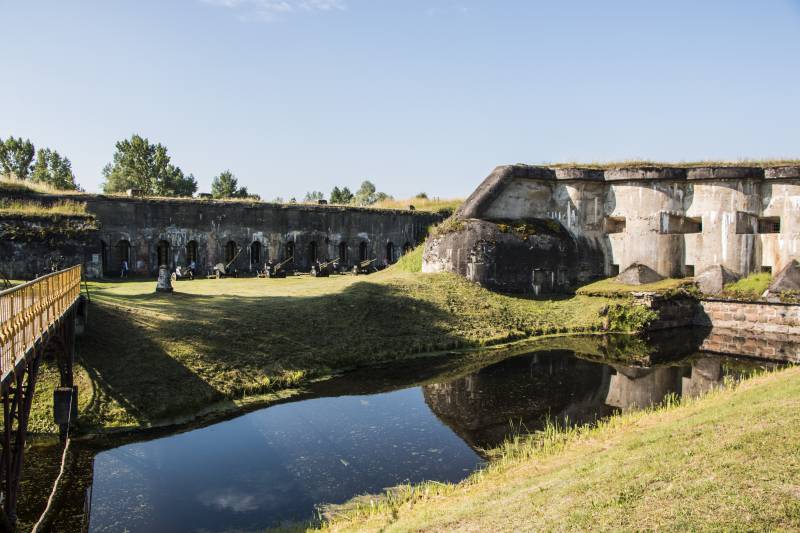
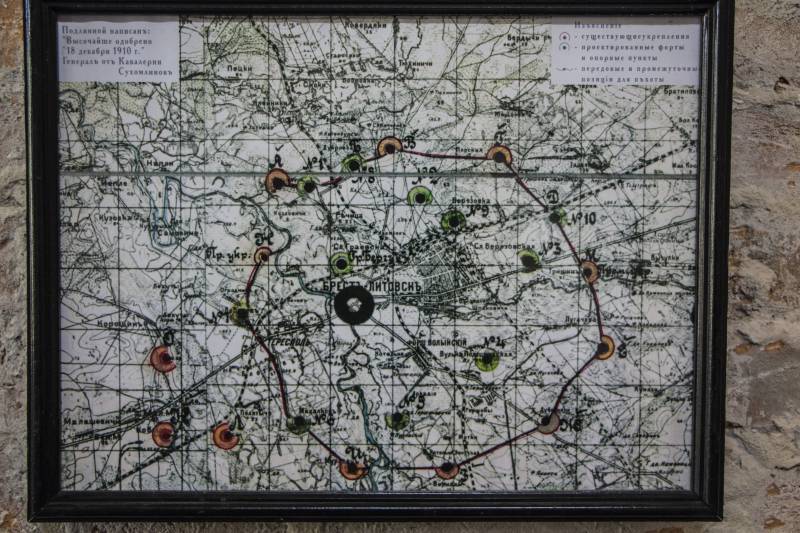
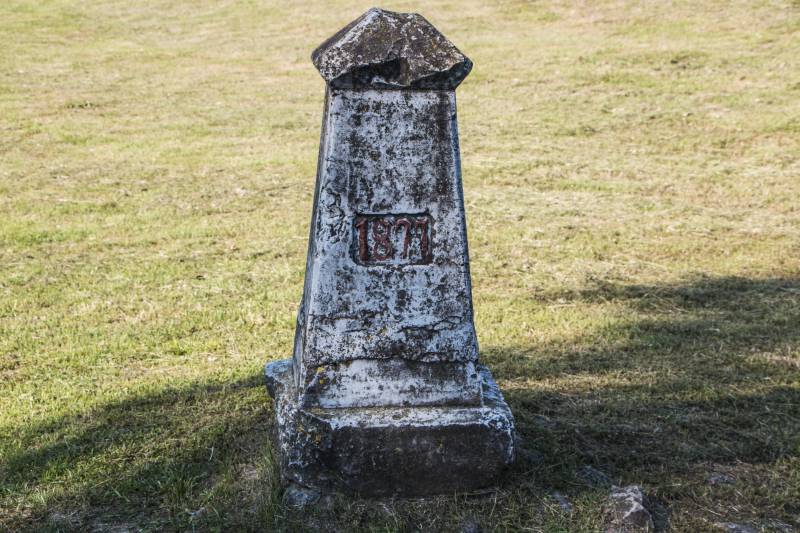
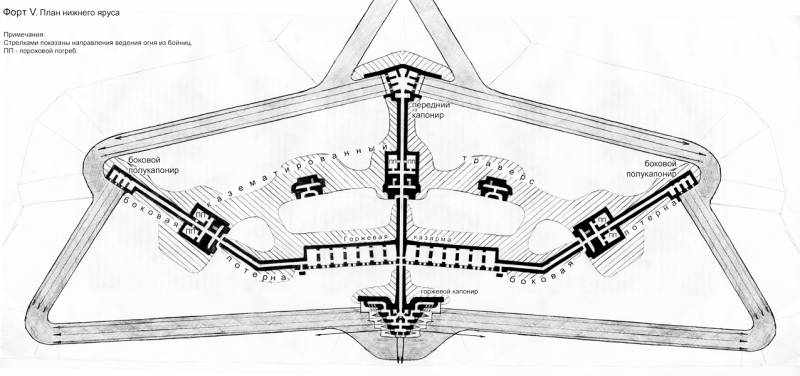
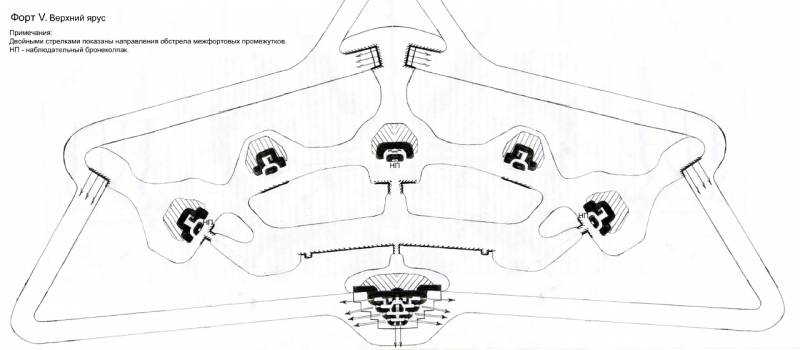
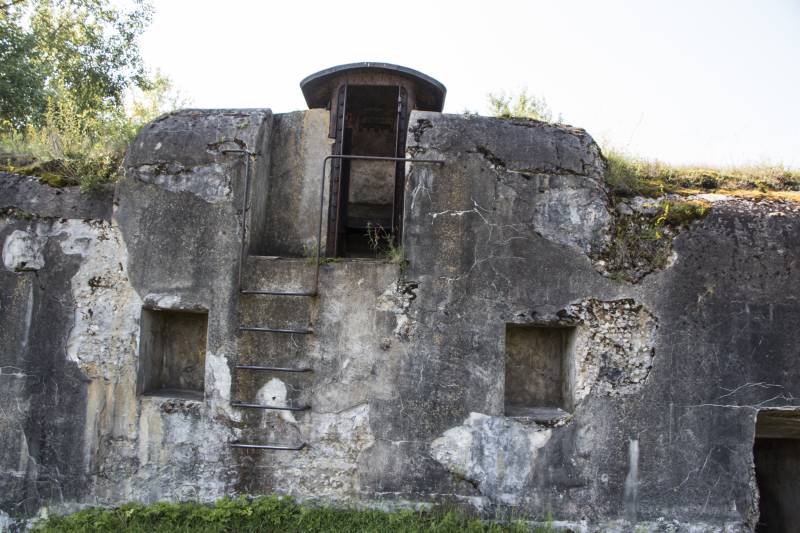
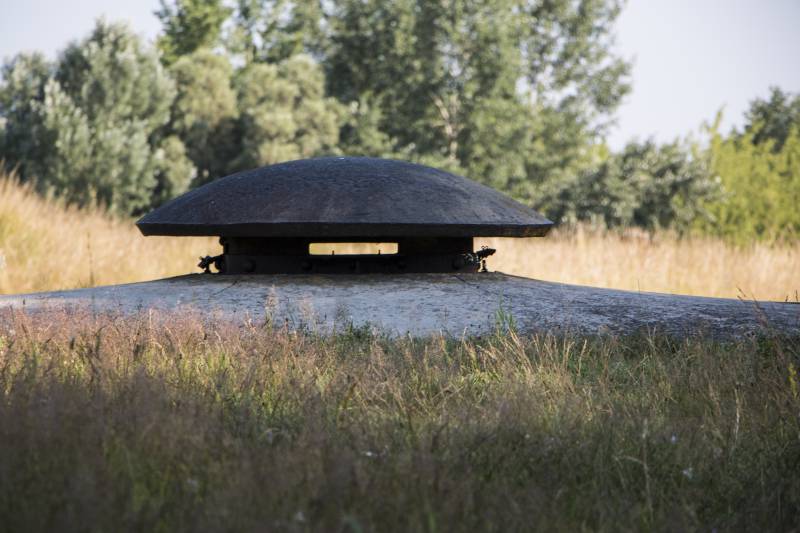
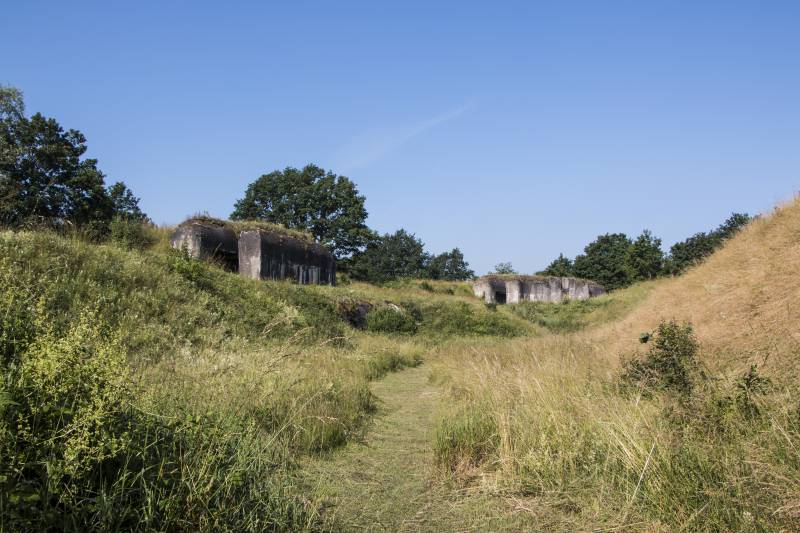
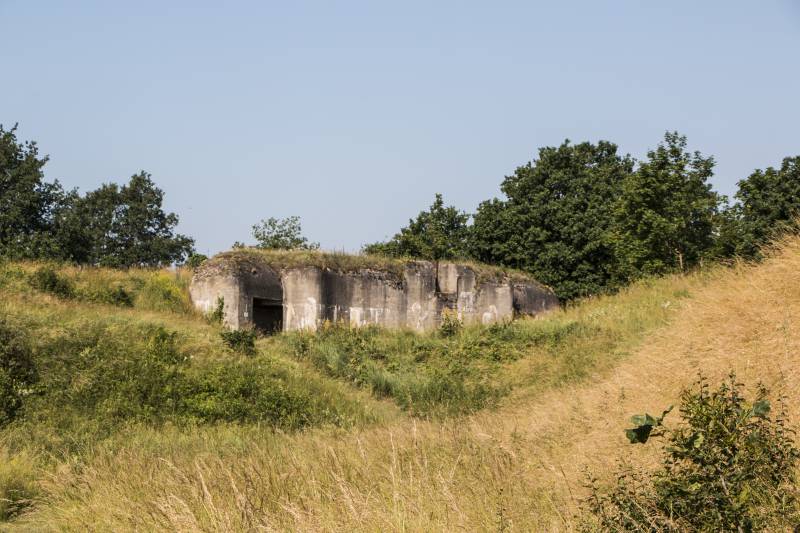
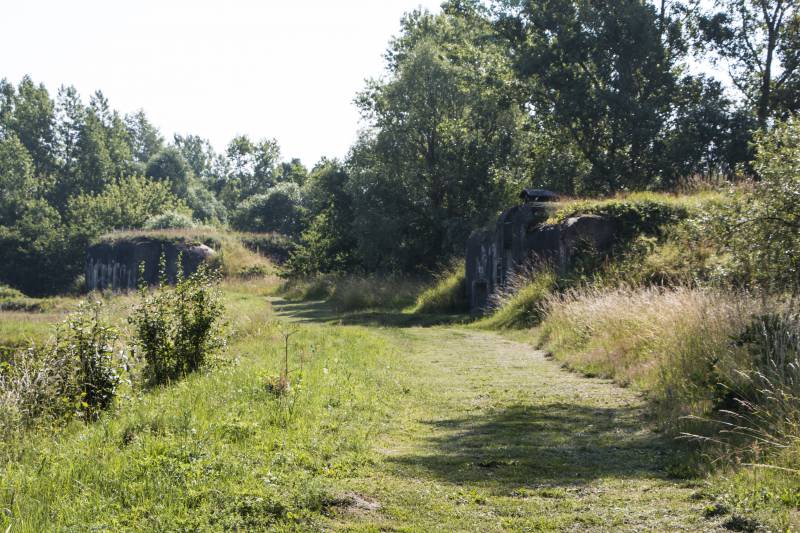
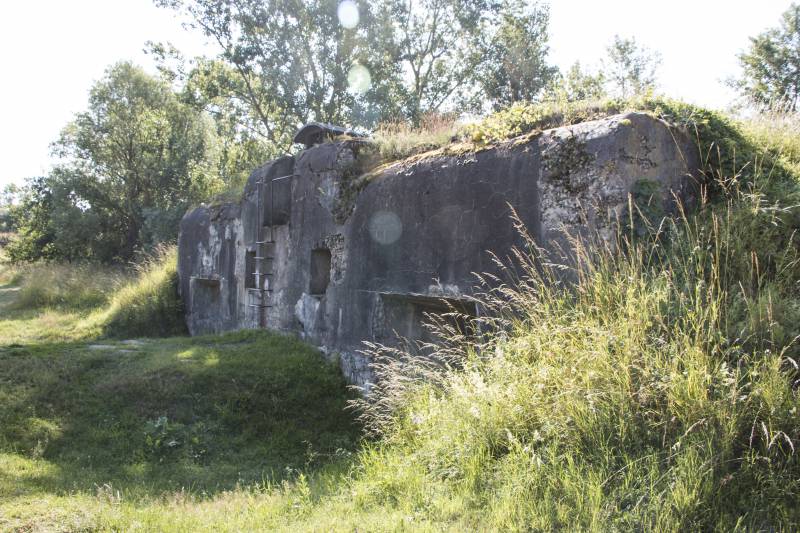
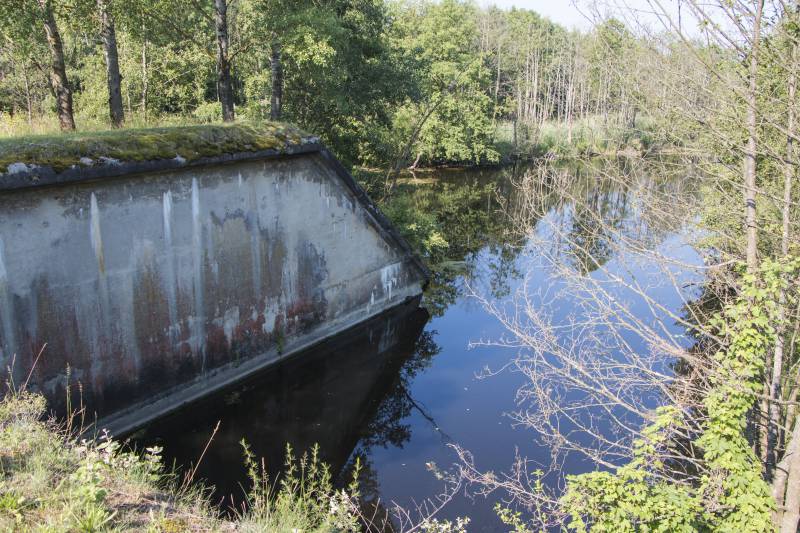
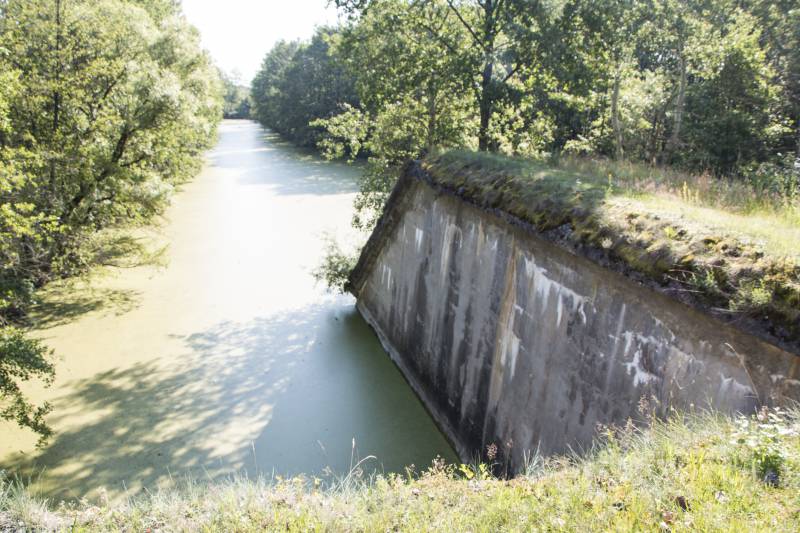
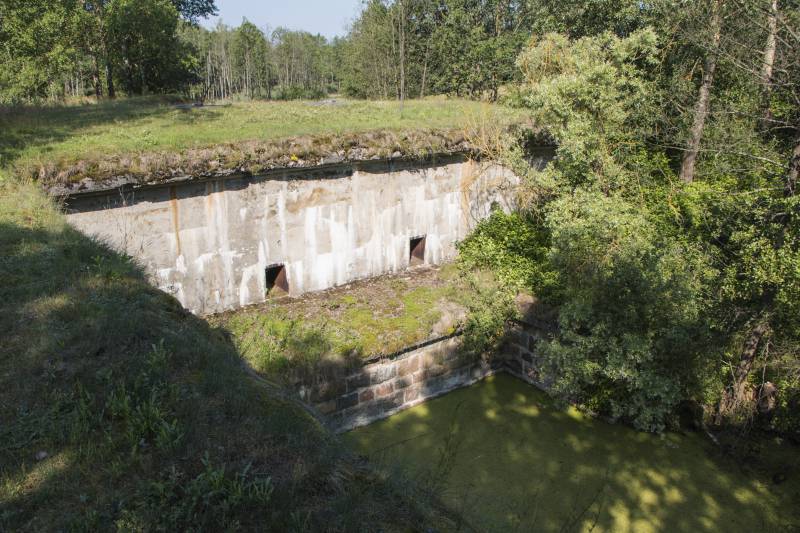
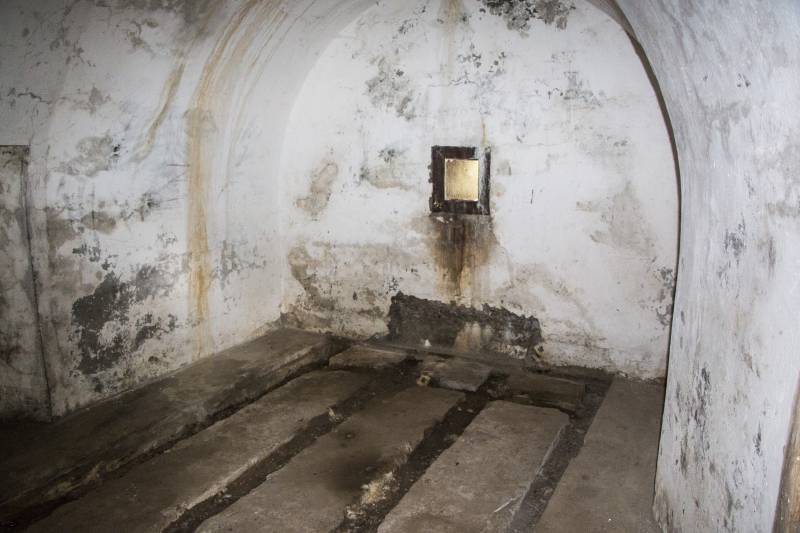
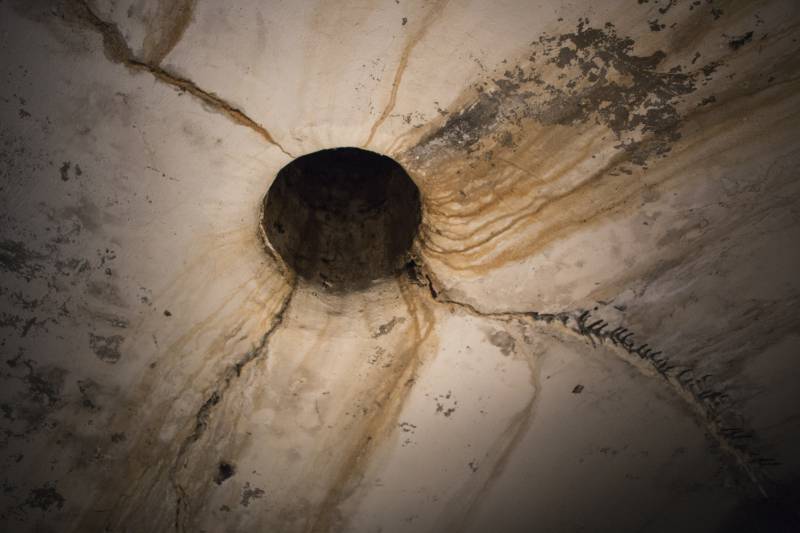
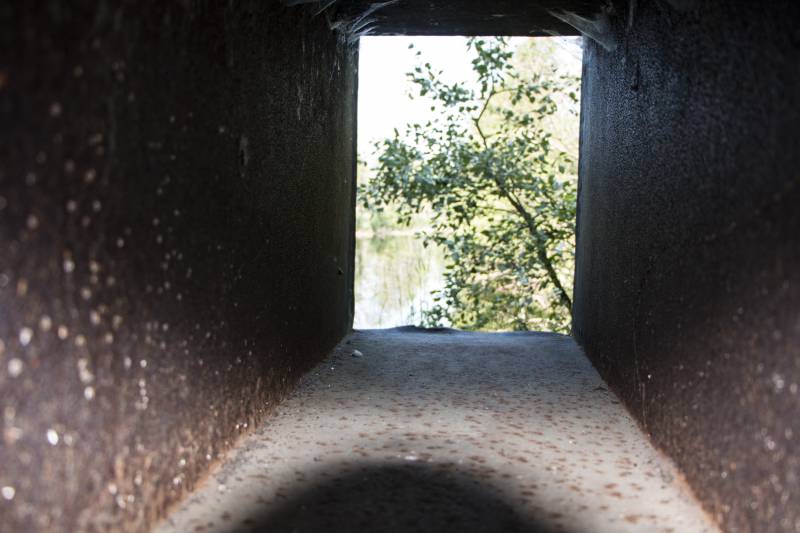
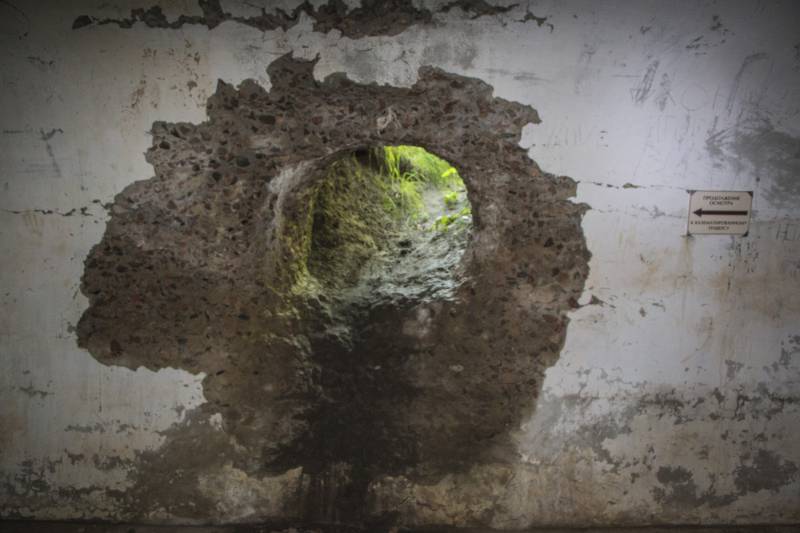
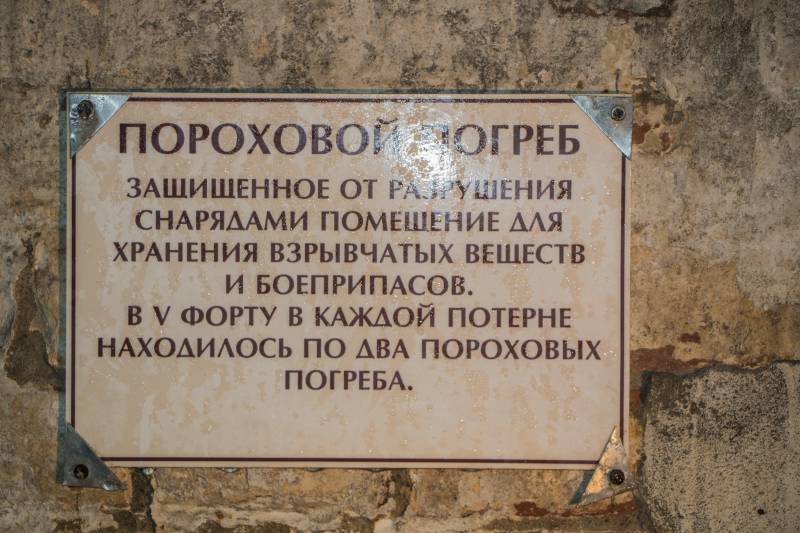
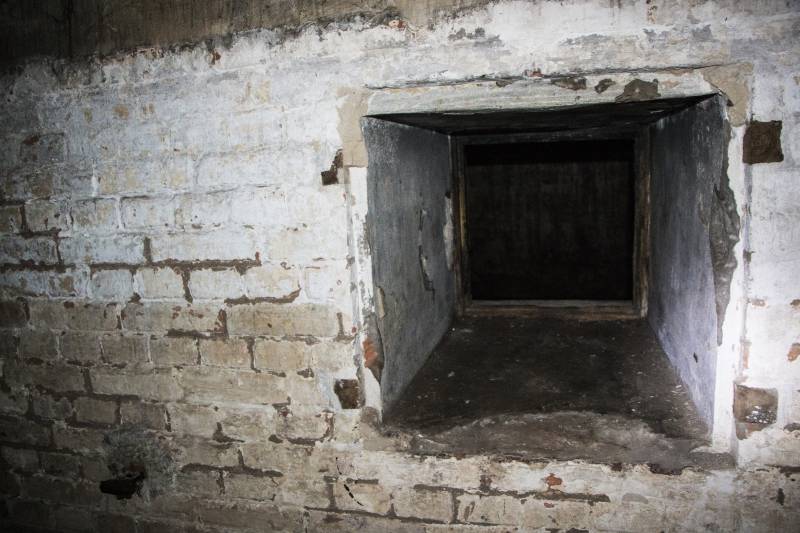
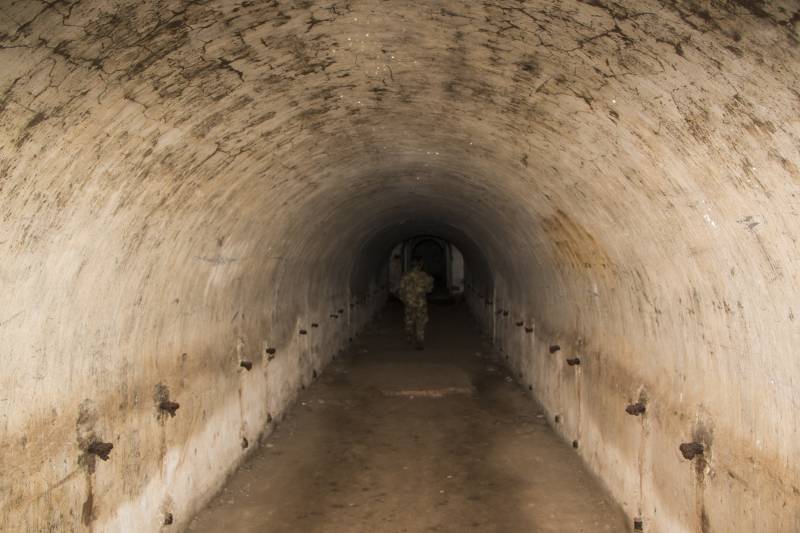
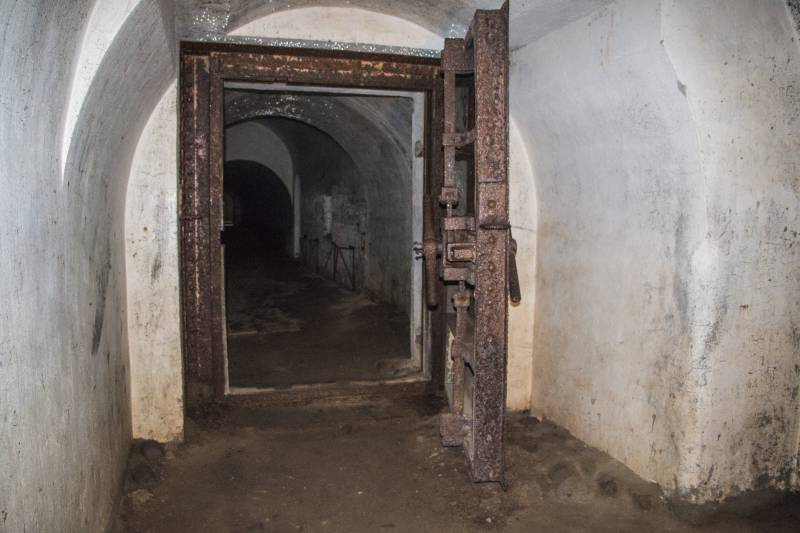
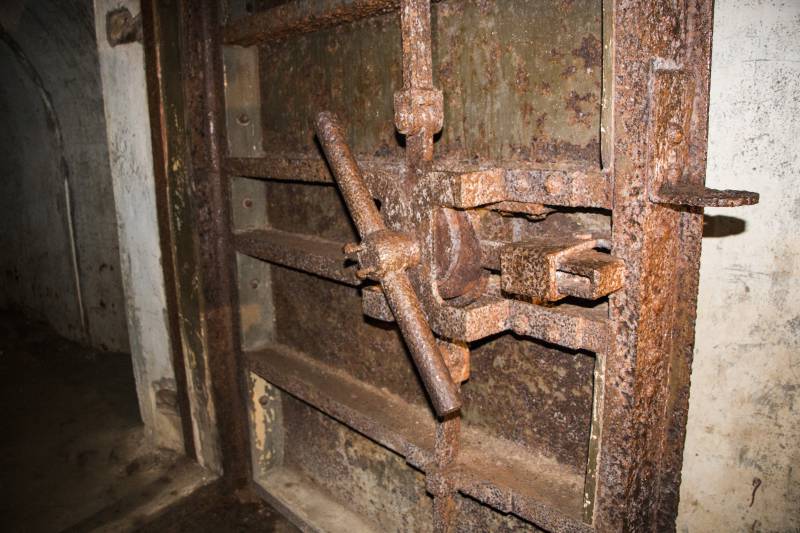
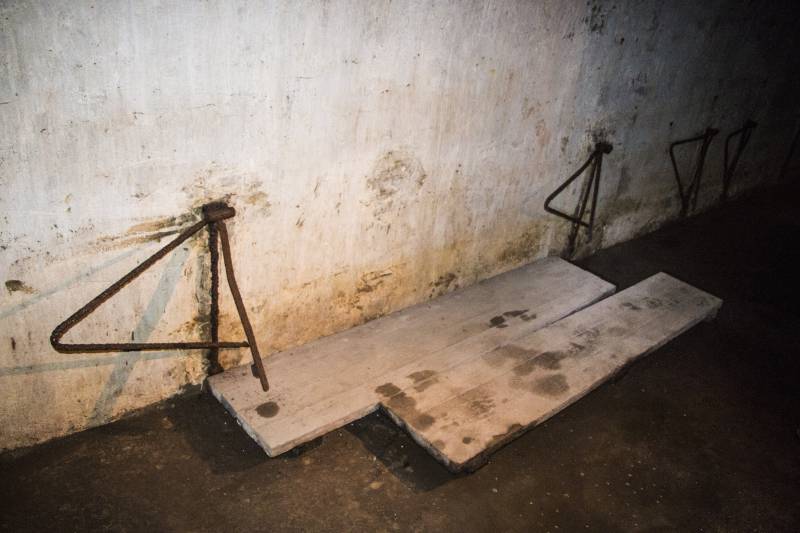
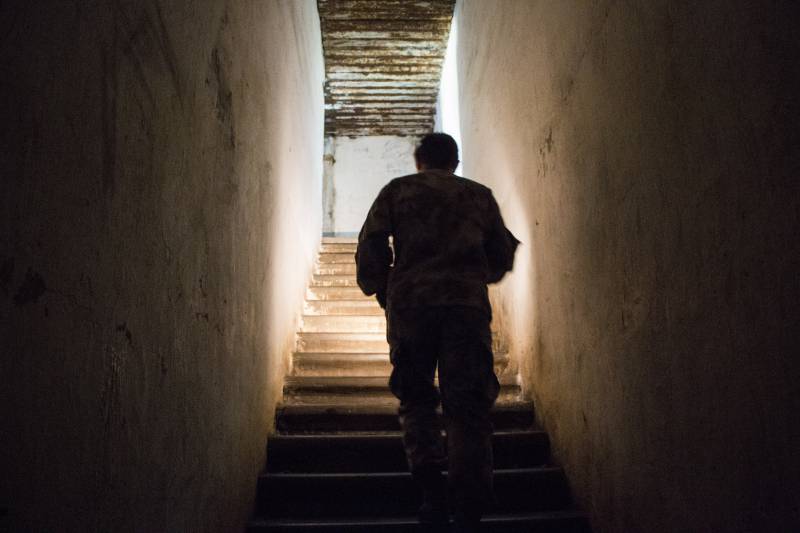
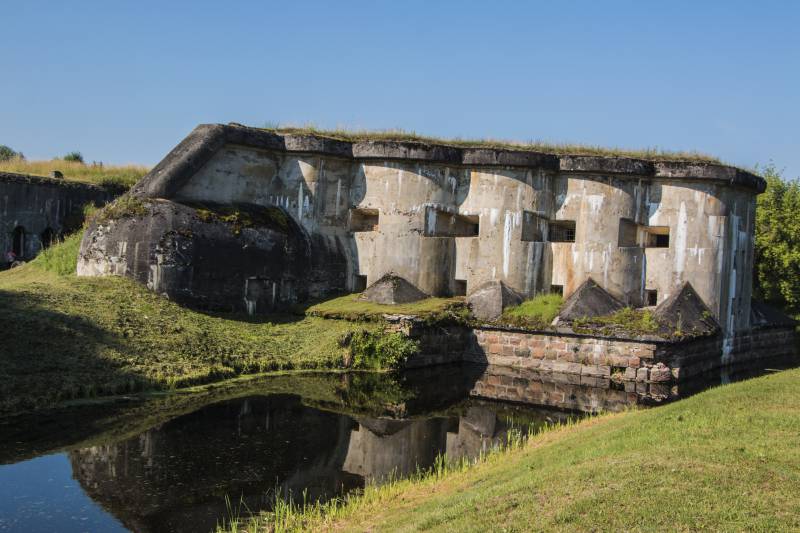
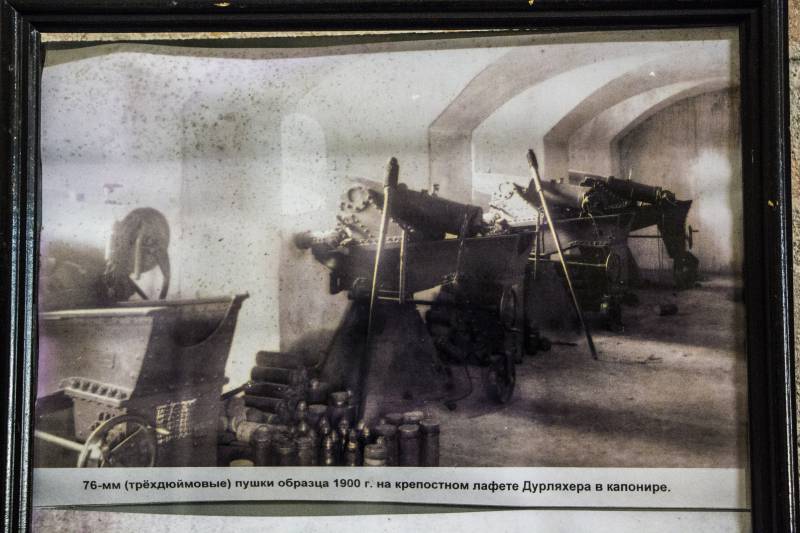
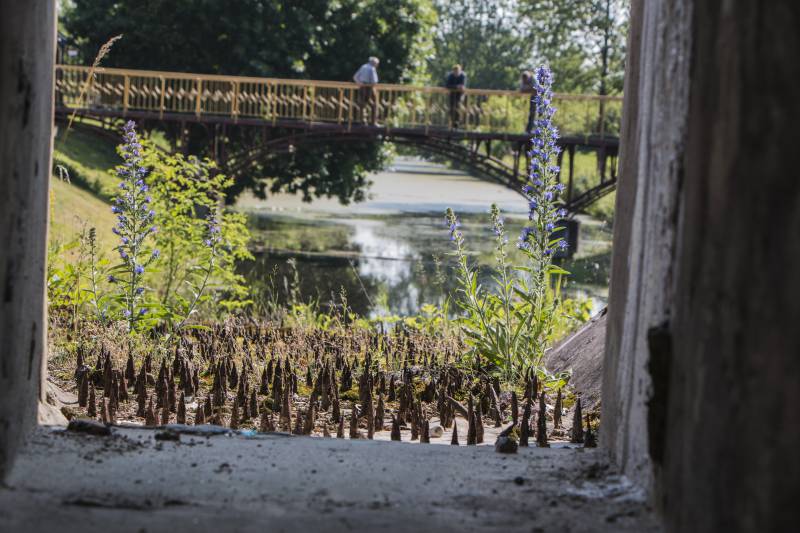
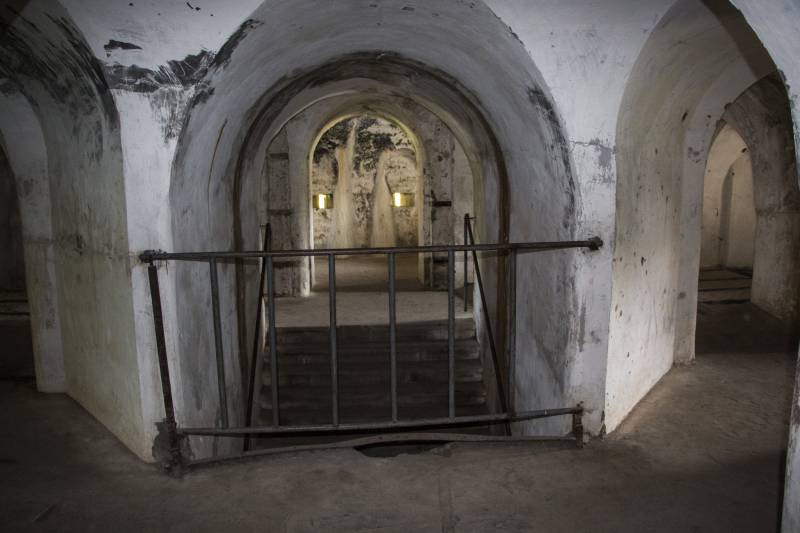
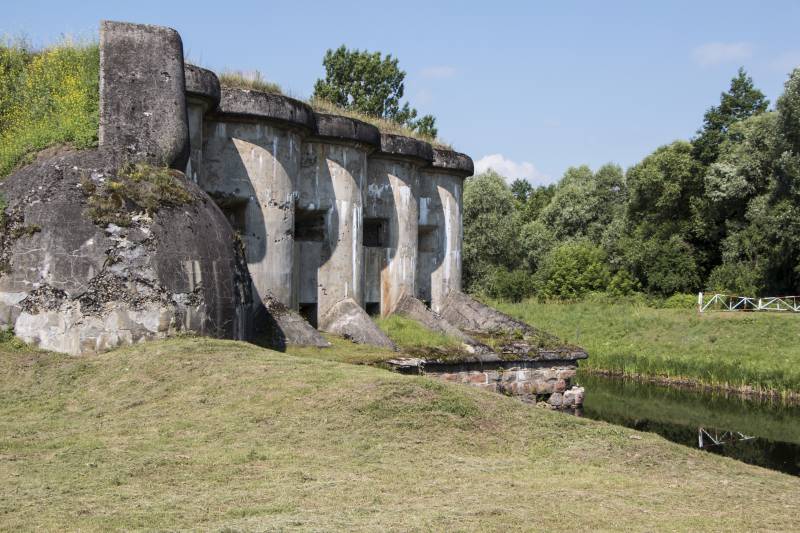
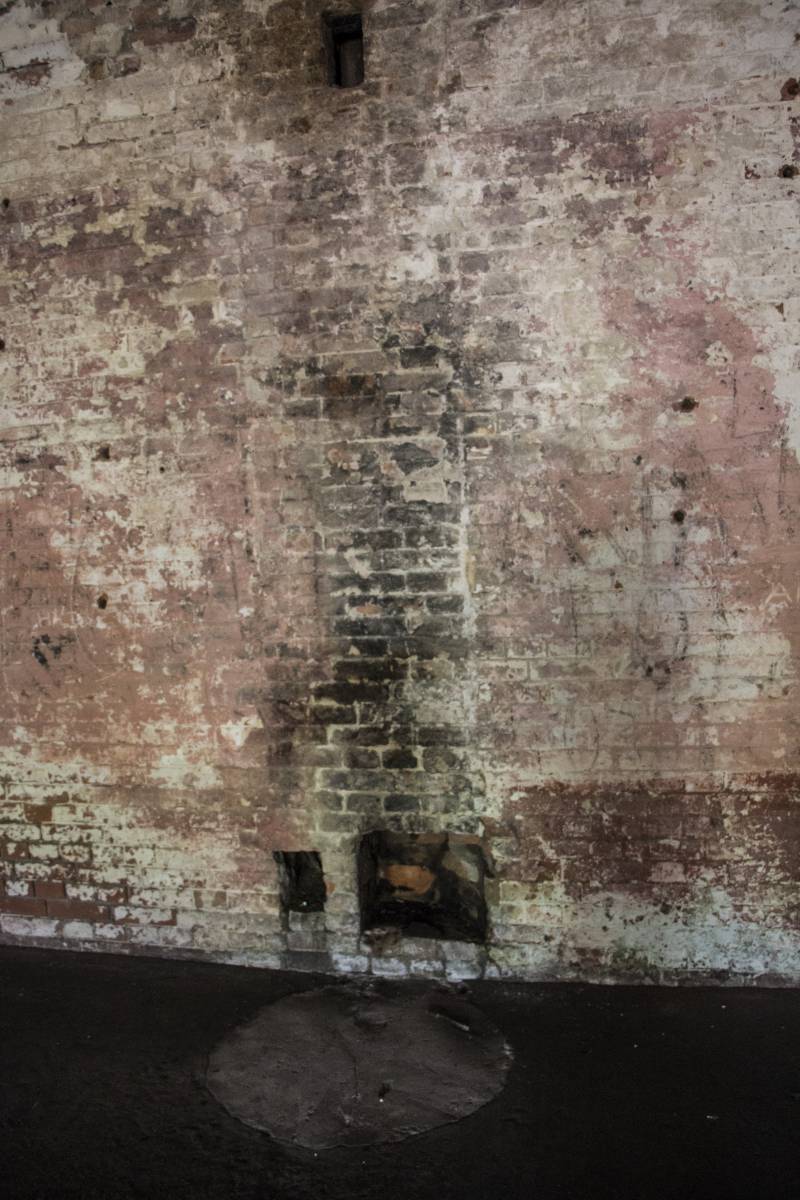
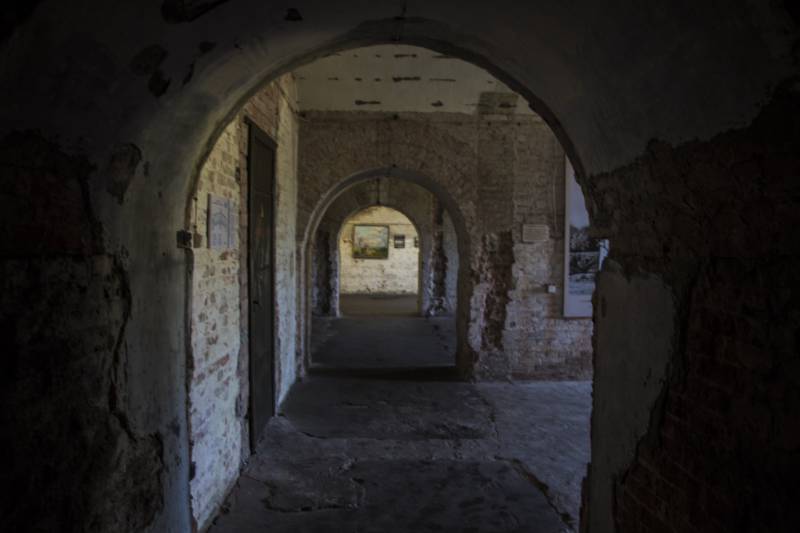
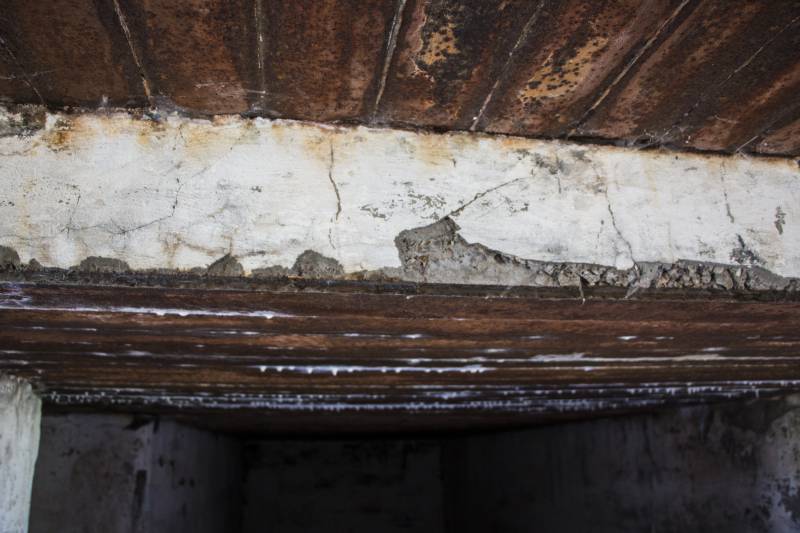
Information